The Israel-Hamas hostage swap deal is a breakthrough after weeks of conflict, but there is still a long way to go.
 |
| Israel and Hamas have just reached a 4-day ceasefire agreement and the release of important hostages. In the photo, a slogan calling for the release of hostages in Tel Aviv, Israel. (Source: AFP/Getty Images) |
On November 22, after negotiations in Qatar, with the help of the US and Egypt, Israel and the Hamas Islamist movement in the Gaza Strip reached an agreement on a hostage exchange and a temporary ceasefire. The agreement officially took effect on November 23 (local time). According to observers, this is the most significant diplomatic breakthrough since the conflict broke out 45 days ago.
Specifically, the two sides will cease fire for four days. More importantly, the agreement includes the release of 50 women and children currently being held hostage in the Gaza Strip. In return, Israel will release 150 Palestinian women and children. If the situation is favorable, Hamas will continue to exchange 50 hostages for 150 prisoners in November.
In formal terms, the hostages in Gaza will be released in groups of 10 to 12 each day on consecutive days. Israel will do the same when its first hostage returns. A senior US official said three of its citizens are expected to be released in this phase, including a three-year-old girl. Israel will facilitate the flow of large amounts of humanitarian aid, including fuel, to the Gaza Strip.
It is reported that the parties have discussed extending the ceasefire, on condition that 10 Israelis are released for each day the agreement is in effect.
Multiple reactions
After reaching an agreement, the parties involved and the international community quickly responded.
The Israeli public has overwhelmingly supported the deal to free the hostages. Posters at rallies in Tel Aviv in recent days read: “Send them home.” Relatives say it is the “best deal,” at least for now.
On the government side, Israeli Prime Minister Benjamin Netanyahu affirmed that the hostage rescue agreement was a difficult but correct decision, allowing Israel to continue the conflict with Hamas.
However, some hard-liners in his cabinet objected, calling the deal a “bad” one that failed to free all the hostages and reduced the chances of completely eliminating Hamas. “The ground operation makes it easier for the hostages to return home,” said IDF Chief of Staff General Herzi Halevi. “It hurts Hamas and creates the necessary pressure. So we will continue this pressure.”
Hamas leader Yahya Sinwar, who is believed to be in charge of the hostage negotiations, has not yet commented publicly. Last month, the official said he was “ready to immediately exchange hostages with Israel.” All Gaza hostages would be released in exchange for Palestinian prisoners in Israel, an estimated 6,000 people.
The international community also reacted quickly.
On social network X , Palestinian Authority (PA) Interior Minister Hussein al-Sheikh wrote: “President Mahmoud Abbas and the Palestinian leadership welcome the humanitarian ceasefire and appreciate the efforts of Qatar and Egypt.” Jordan’s Foreign Ministry hopes the agreement is the first step towards a complete end to the conflict.
For his part, US President Joe Biden welcomed the agreement, affirming: “The agreement will bring more American hostages home. I will not stop until they are all released.” Calling this “the result of the government’s tireless diplomatic efforts,” Secretary of State Antony Blinken affirmed that the US will “not rest as long as Hamas continues to hold hostages in Gaza.”
British Foreign Secretary David Cameron said it was “an important step towards easing the suffering of the hostages’ families and resolving the humanitarian crisis in the Gaza Strip”. He called on all parties to strictly adhere to the agreement.
European Commission President Ursula Von Der Leyen warmly welcomed the agreement, thanked all parties and affirmed that “we will do everything in our power to use this time to organize humanitarian aid for Gaza”.
Meanwhile, Russian Foreign Ministry spokeswoman Maria Zakharova said: “Moscow welcomes the four-day ceasefire agreement between Israel and Hamas. This is exactly what Russia has been calling for since the escalation of the conflict.”
Chinese Foreign Ministry spokesman Mao Ning welcomed the agreement and hoped it would “contribute to resolving the humanitarian disaster and easing tensions.”
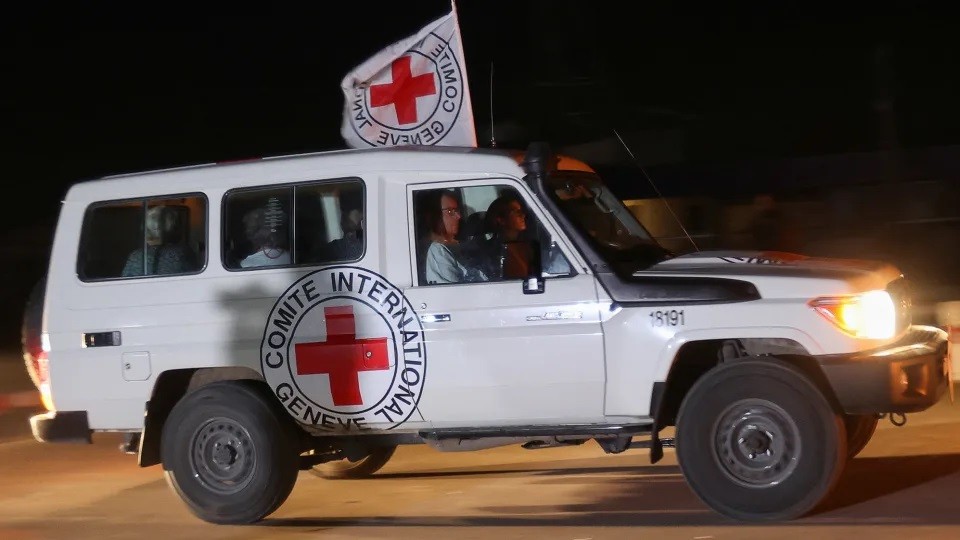 |
| A Red Cross vehicle carrying freed Gaza hostages arrives at the Egyptian border on November 24. (Source: Reuters) |
Still difficult
However, this means that more than 200 Israelis and foreign nationals are still being held hostage. According to the Financial Times (UK), the two sides may negotiate further on the release of foreign nationals, including Nepalese and Thais.
But the fate of the remaining Jews is more complicated. Hard-line Israeli ministers may not be ready to release all Palestinian prisoners. Moreover, security analysts say that once Hamas frees all the hostages, the IDF could step up its amphibious operation, focusing on the 500-kilometer-long tunnel system under the Gaza Strip.
In addition, the humanitarian aid story is also a notable factor. According to the Financial Times , under pressure from the US, Israel has allowed more trucks carrying humanitarian aid and fuel to the Gaza Strip. With the above agreement, the Jewish State will "open the door" for hundreds of trucks carrying humanitarian goods, medical supplies, fuel and many other items to enter this area for four days.
However, it is unclear whether the aid will be enough to meet the growing needs in Gaza, where an estimated 1 in 2.3 million people have been displaced from the north and have sought shelter in schools and hospitals in the south.
Analysts say that even if the aid is met, there is no guarantee that the goods will be coordinated and distributed to those in need in the current context of fuel shortages and scattered populations. These will be problems for negotiators on the conflict in Qatar in the coming time.
Thus, it can be seen that the temporary ceasefire agreement and hostage exchange between Israel and Hamas is a small but necessary step in the journey to completely end the conflict in the Gaza Strip, bringing peace there in particular and the Middle East in general.
Source


![[Photo] General Secretary To Lam receives French Ambassador to Vietnam Olivier Brochet](https://vstatic.vietnam.vn/vietnam/resource/IMAGE/2025/4/17/49224f0f12e84b66a73b17eb251f7278)

![[Photo] National Assembly Chairman Tran Thanh Man meets with outstanding workers in the oil and gas industry](https://vstatic.vietnam.vn/vietnam/resource/IMAGE/2025/4/17/1d0de4026b75434ab34279624db7ee4a)
![[Photo] Closing of the 4th Summit of the Partnership for Green Growth and the Global Goals](https://vstatic.vietnam.vn/vietnam/resource/IMAGE/2025/4/17/c0a0df9852c84e58be0a8b939189c85a)
![[Photo] Nhan Dan Newspaper announces the project "Love Vietnam so much"](https://vstatic.vietnam.vn/vietnam/resource/IMAGE/2025/4/17/362f882012d3432783fc92fab1b3e980)
![[Photo] Promoting friendship, solidarity and cooperation between the armies and people of the two countries](https://vstatic.vietnam.vn/vietnam/resource/IMAGE/2025/4/17/0c4d087864f14092aed77252590b6bae)
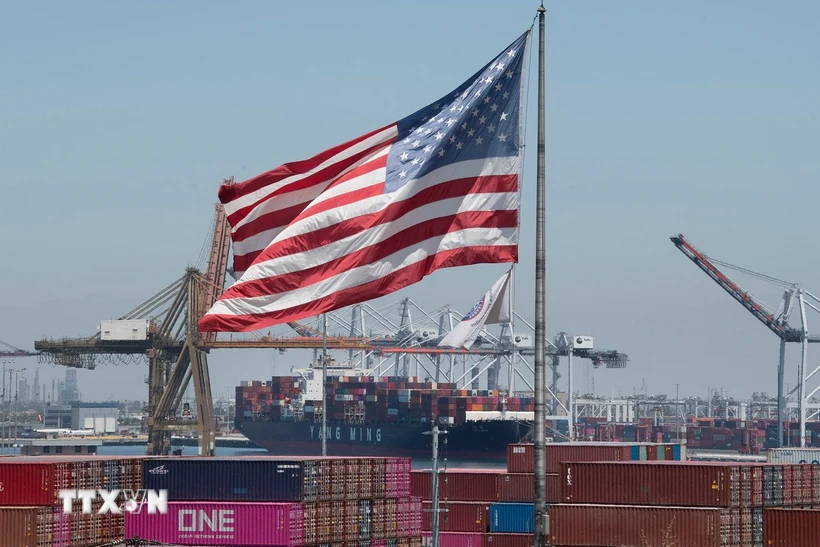

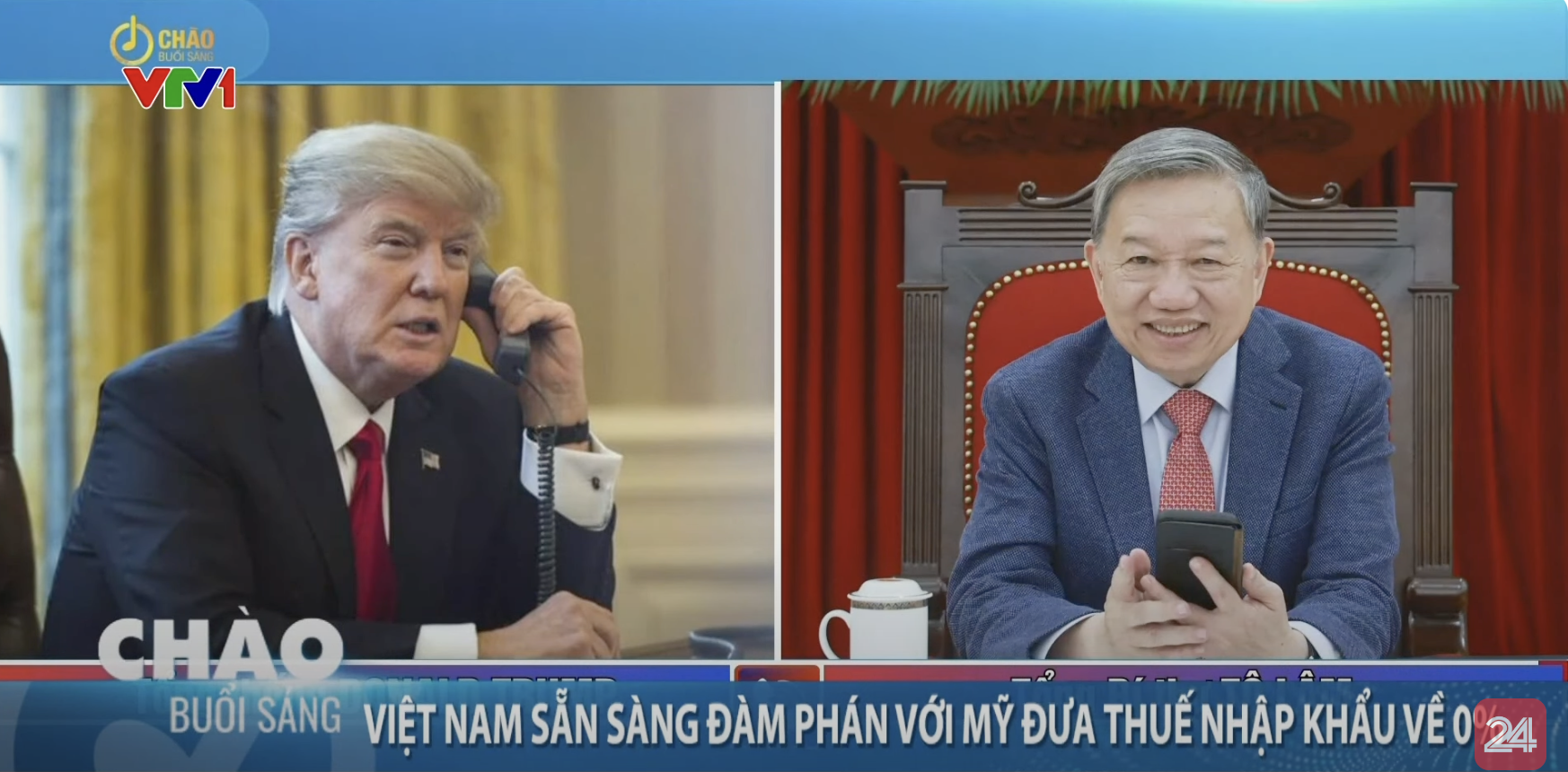

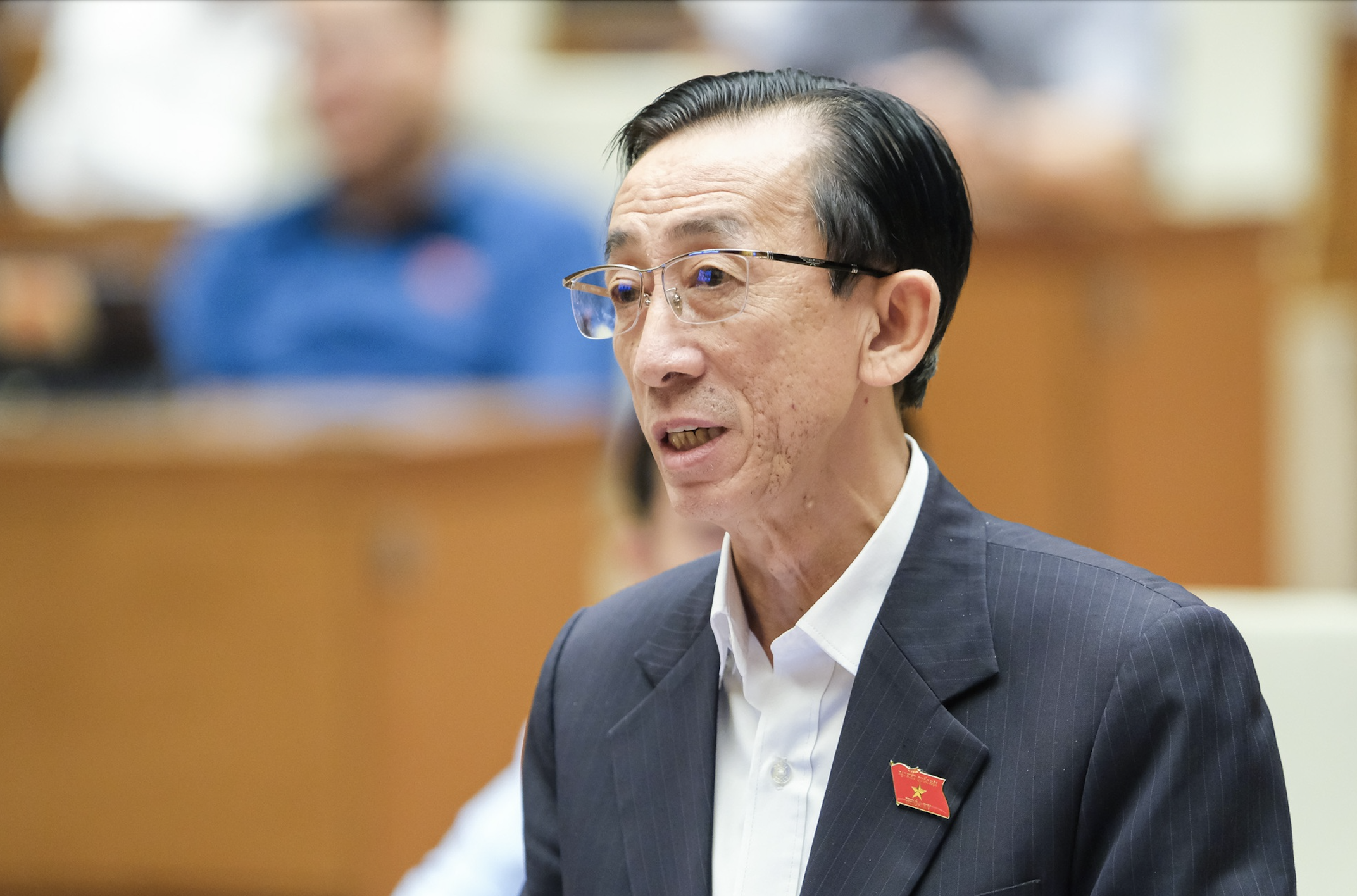

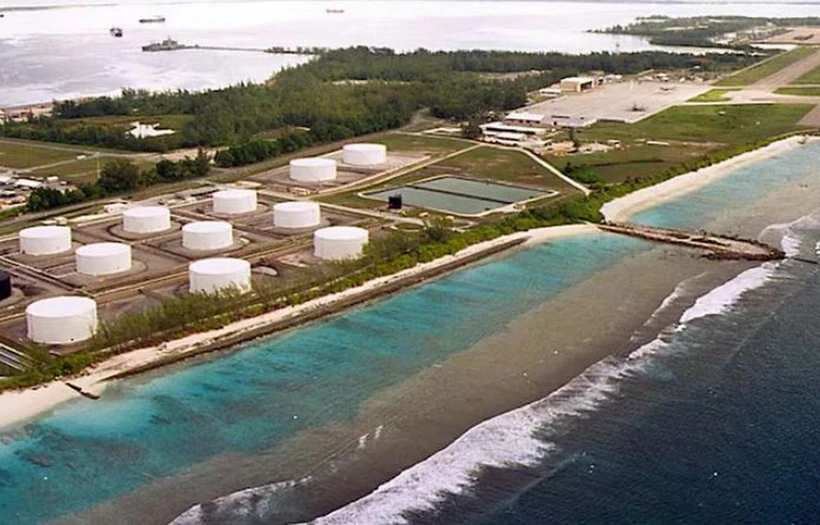
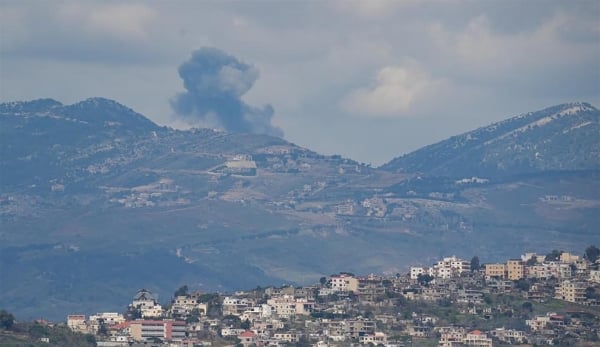
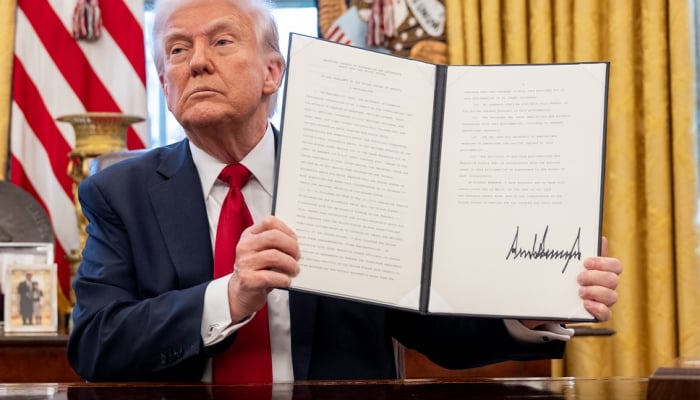

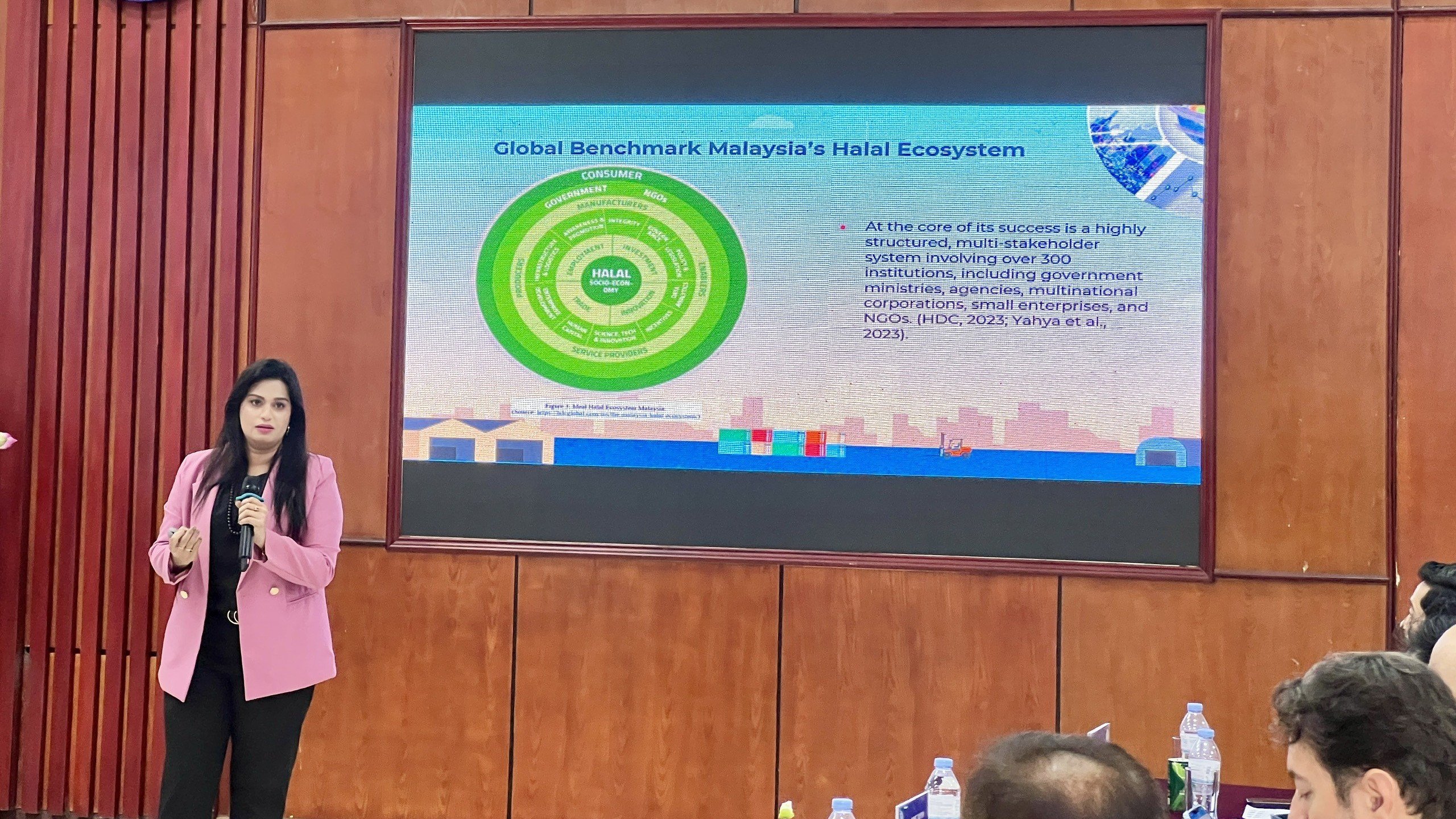
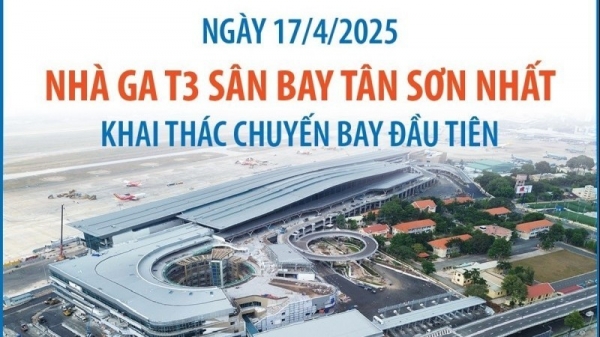
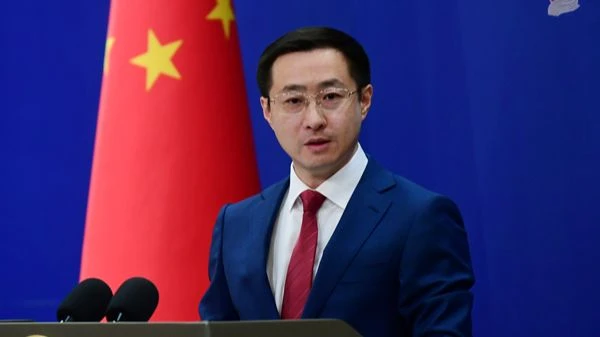

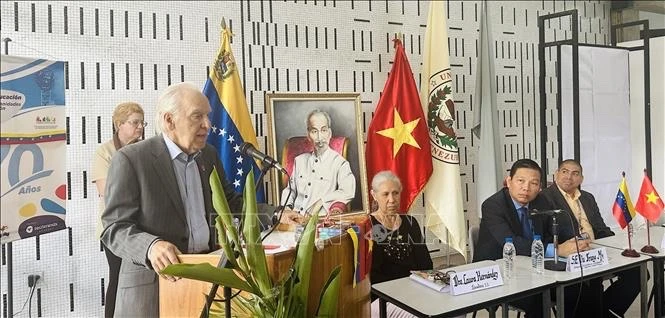






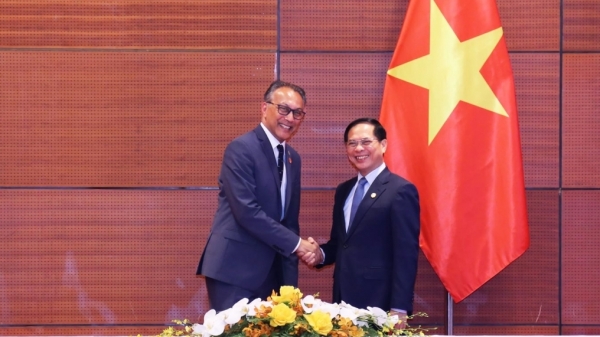
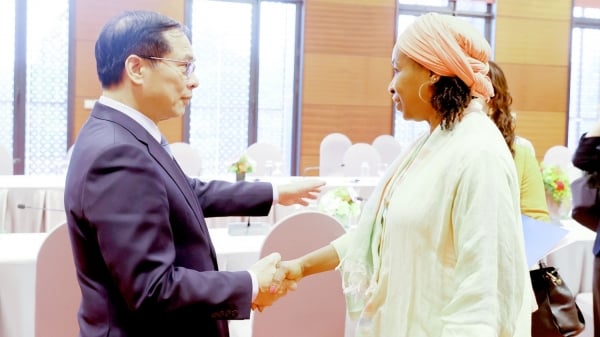
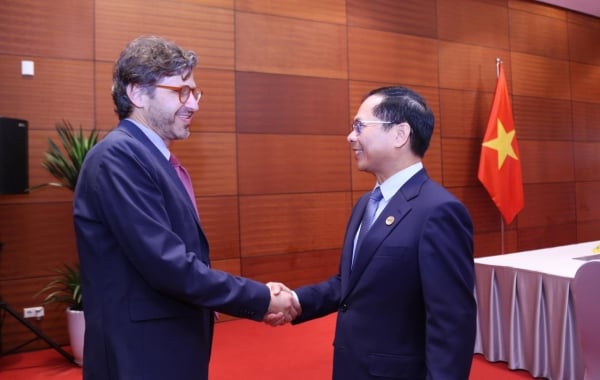


![[Photo] Welcoming ceremony for Chinese Defense Minister and delegation for friendship exchange](https://vstatic.vietnam.vn/vietnam/resource/IMAGE/2025/4/17/fadd533046594e5cacbb28de4c4d5655)



























![[Video] Viettel officially puts into operation the largest submarine optical cable line in Vietnam](https://vstatic.vietnam.vn/vietnam/resource/IMAGE/2025/4/17/f19008c6010c4a538cc422cb791ca0a1)
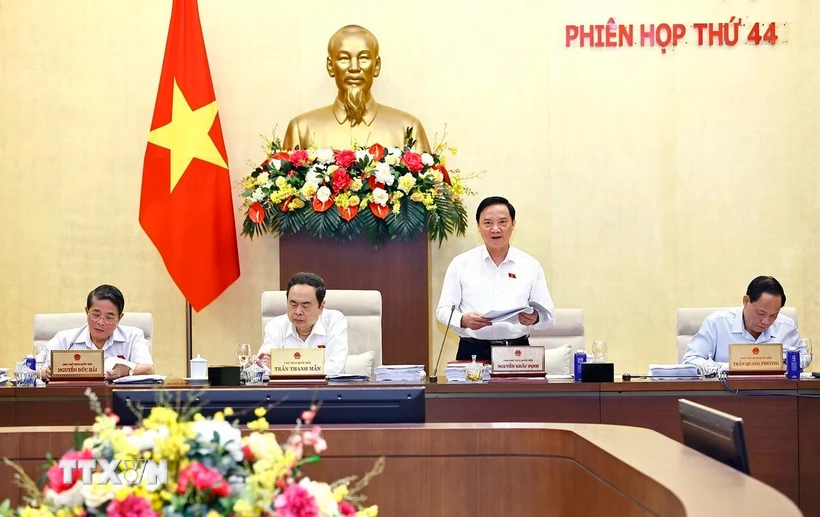
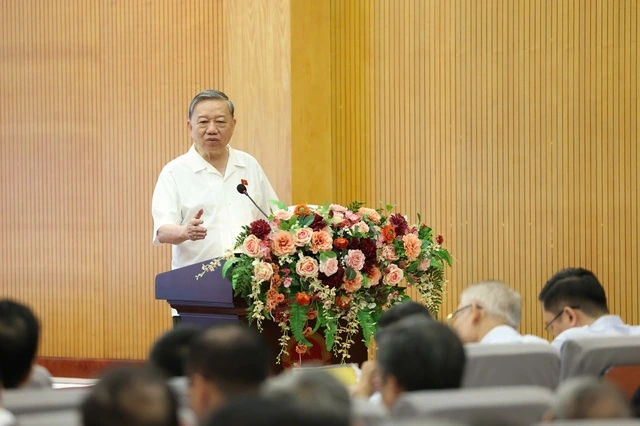

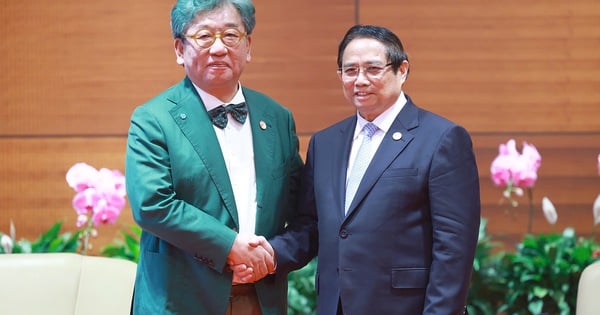

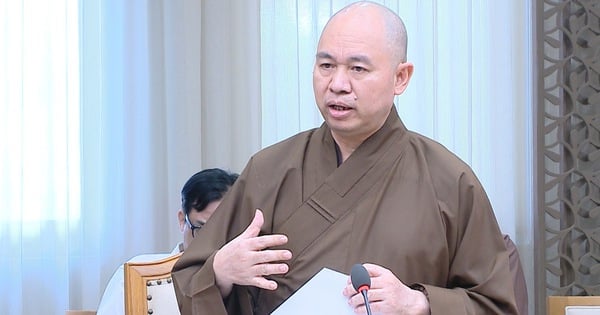
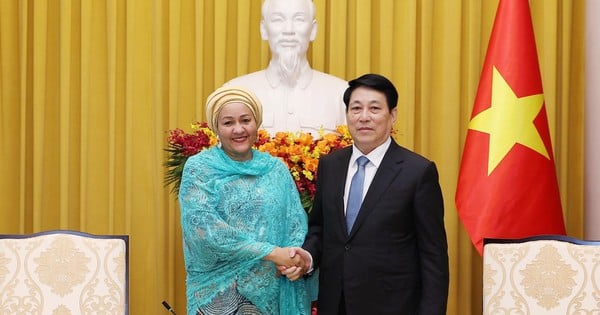








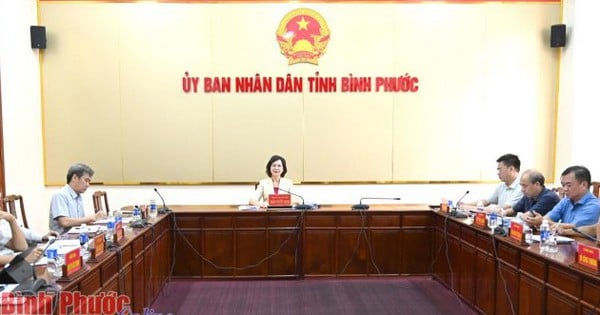

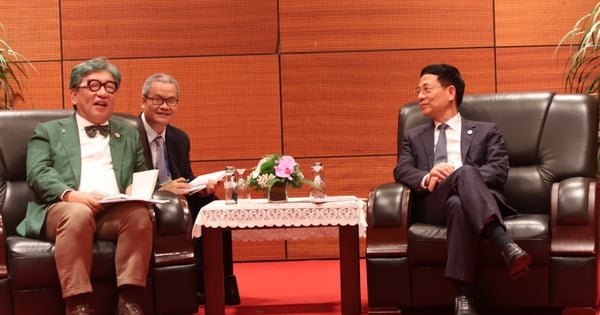











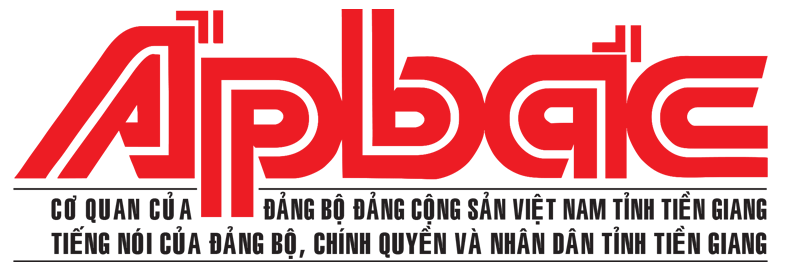











Comment (0)